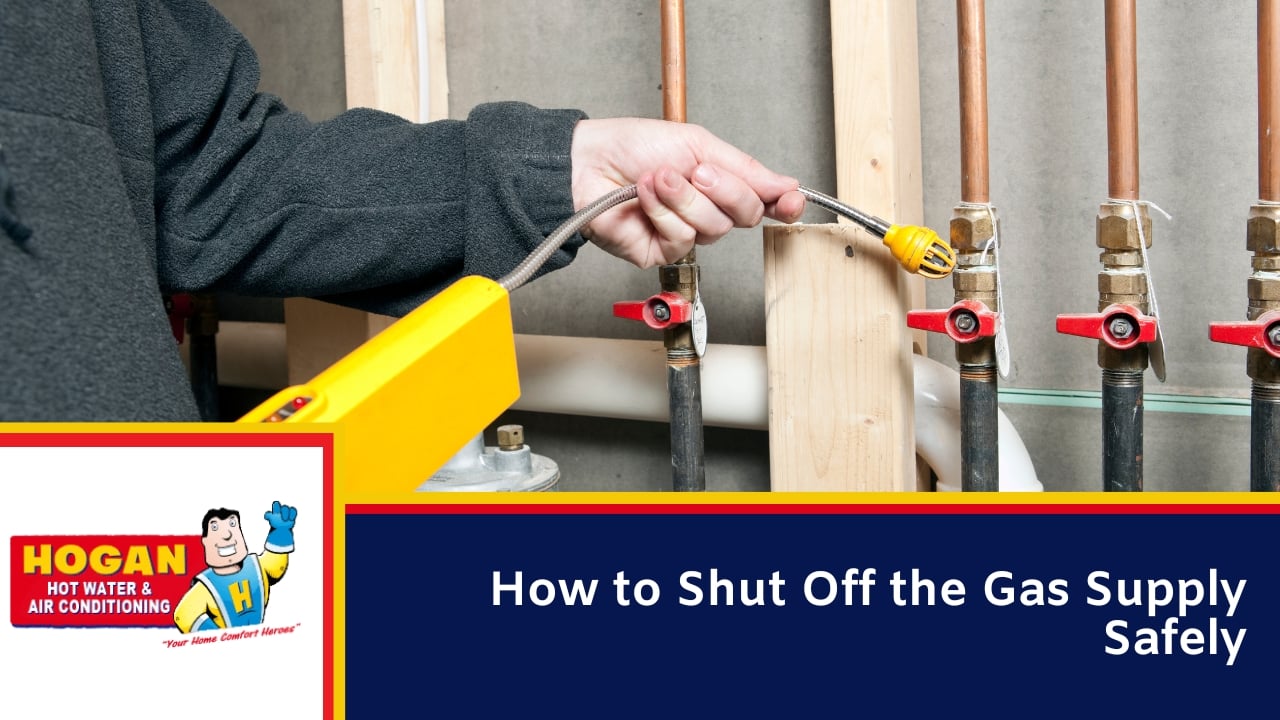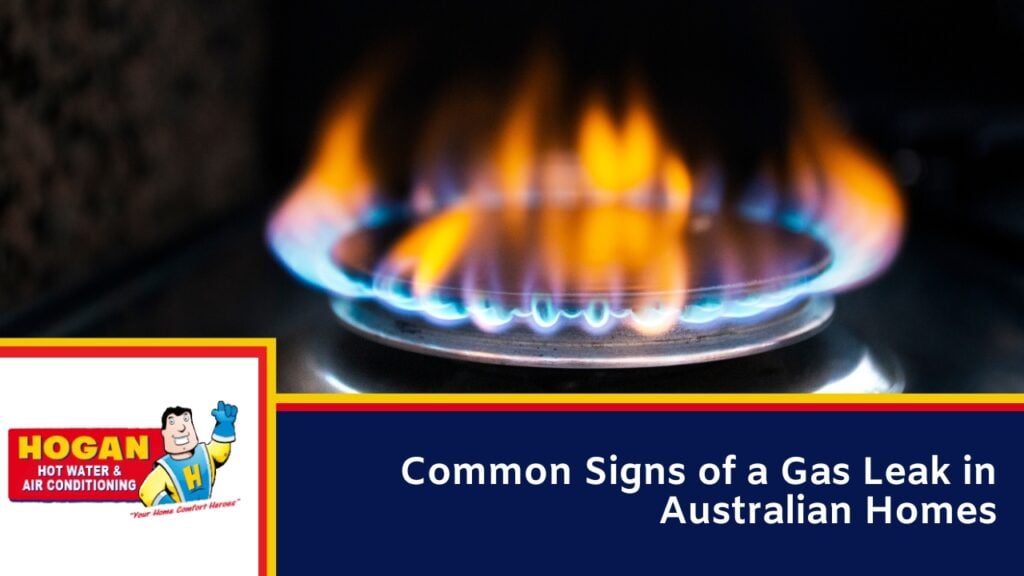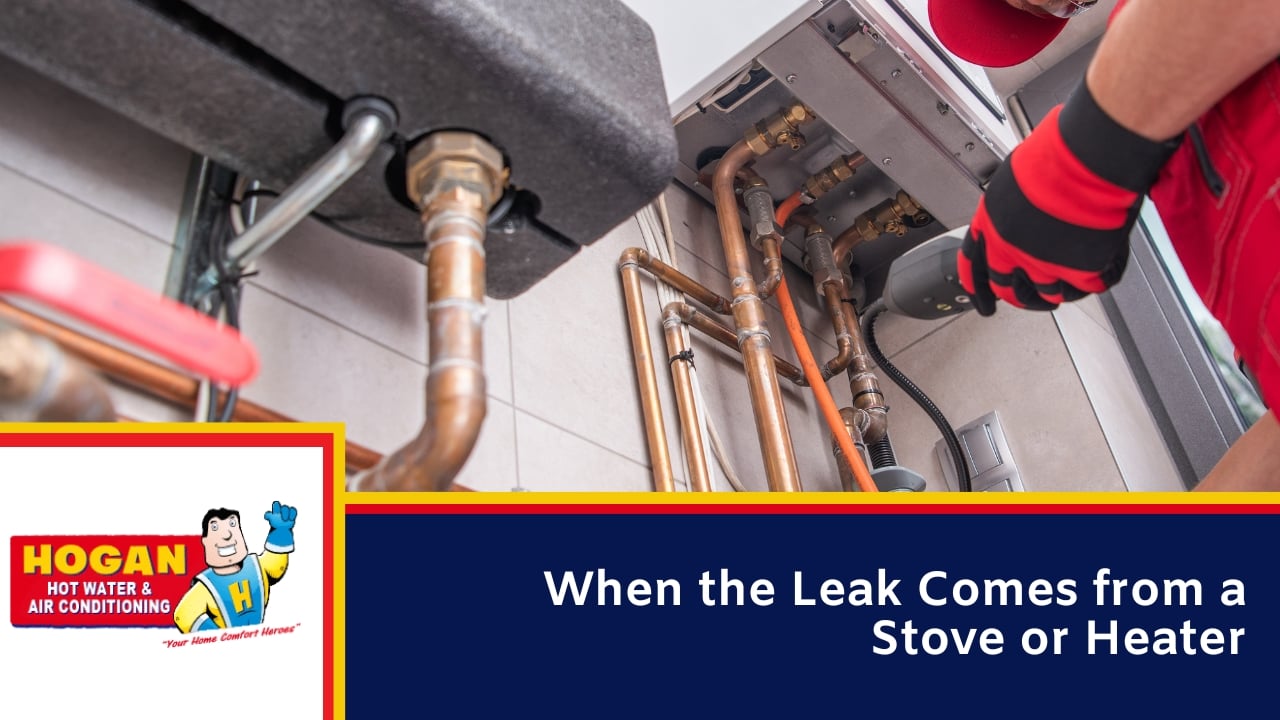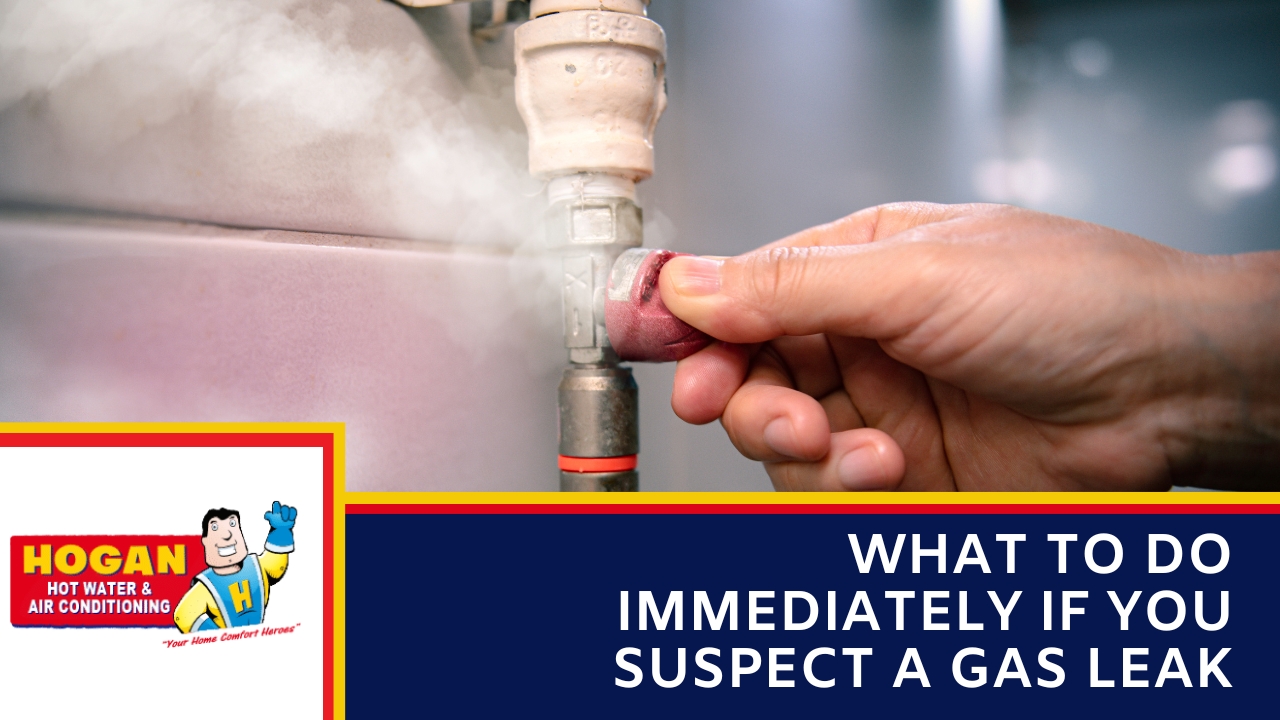Gas leaks in homes can come from damaged pipes, faulty appliances, or loose fittings. These leaks may lead to fire, explosion, or carbon monoxide exposure if left unaddressed. Many homeowners are unsure what steps to take when they first smell gas. Delaying action or using incorrect methods may increase the risk to health and property.
If you notice a strong smell similar to rotten eggs, take the following steps without using electrical switches, phones, or open flames:
- Leave the affected area immediately if indoors
- Turn off the gas supply at the meter, usually found outside
- Ventilate the space by opening doors and windows
- Do not attempt to use appliances or relight pilot lights
- Contact a licensed gas fitter once it is safe to do so
Do not re-enter the property until the area has been checked by a licensed gas fitter. Avoid locating the leak or attempting to repair any appliance. NSW regulations require all residential gas repairs to be handled by a licensed technician. Always prioritise safety before arranging service.
How to Shut Off the Gas Supply Safely
Shutting off the gas supply is the first step to reduce risk during a suspected leak. Most homes in NSW have a gas meter box located on the exterior wall, near the front or side of the property. Inside the box is a shut-off valve that controls the gas flow. Turning off this valve stops gas from entering the home, preventing further buildup.
To shut off the gas:
- Open the meter box cover carefully
- Locate the valve connected to the incoming gas pipe
- Turn the valve lever 90 degrees so it is crosswise to the pipe
- Ensure it stays in the off position and does not shift back

Never use tools to force the valve if it feels stuck. If you cannot access the valve or are unsure, leave the property and call a licensed gas fitter. Avoid using any electronic devices while near the gas meter. Do not relight any appliances until a professional confirms the property is safe. Keep all windows and doors open while waiting for assistance.
Common Signs of a Gas Leak in Australian Homes
Gas leaks can occur around stoves, heaters, internal pipes, or outdoor supply lines. Some leaks are obvious, while others are harder to detect without close attention. Recognising early signs helps prevent exposure and damage.

Look for these indicators around gas appliances or fixtures:
- A strong smell that resembles rotten eggs, caused by a safety chemical added to natural gas
- A faint hissing or whistling sound near a pipe, valve, or appliance
- Indoor or outdoor plants that suddenly wilt or discolour without clear reason
- A gas burner flame that is yellow or orange instead of steady blue
- Visible movement in dust or loose debris near gas connections
If one or more of these signs is present, stop using all appliances and shut off the gas immediately. Do not attempt to fix connections or relight appliances yourself. Call a licensed technician to assess the leak before re-entering the space.
Health Symptoms Caused by Gas Exposure
Exposure to a gas leak may reduce oxygen levels in the home. This can lead to a range of physical symptoms that vary based on how long the leak goes unnoticed and the amount of gas in the air. Recognising these effects early can help prevent further health issues.
Common symptoms of gas exposure include:
- Feeling dizzy or light-headed after being in the affected area
- Unexplained fatigue that does not improve with rest
- Headaches that occur indoors and ease when outside
- Irritation of the eyes, nose, or throat
- Nausea or a sick feeling without another cause
- Shortness of breath, especially in enclosed spaces
Children, older adults, and pets may be affected sooner. If anyone inside the home shows these symptoms, move them outdoors immediately and seek medical advice. Do not wait for symptoms to worsen. Keep the gas supply turned off and avoid re-entering the home until cleared by a gas fitter.
A carbon monoxide alarm can help detect buildup before symptoms appear. Only a licensed technician can test for gas concentration and confirm when the home is safe again.
When the Leak Comes from a Stove or Heater
Gas leaks are commonly traced back to stoves, ovens, and portable or fixed gas heaters. These appliances may develop leaks due to worn hoses, loose connections, damaged regulators, or corrosion in fittings. Leaks can occur even when the appliance is turned off if the supply valve or connector is faulty.
Signs of a stove or heater leak may include:
- A gas smell concentrated near the appliance
- Burners that will not ignite or have inconsistent flames
- Pilot lights that repeatedly go out
- Residual warmth or a faint hissing sound when the appliance is off
If you suspect a leak from a stove or heater, do not attempt to disconnect it yourself. Do not relight the pilot or adjust the controls. Turn off the main gas supply, open windows, and call a licensed gas fitter to inspect the appliance.

Do not use the appliance again until it has been tested. In NSW, only a licensed technician can reconnect or replace a leaking gas appliance. Delaying repairs may increase risk to both health and property, especially in homes with older equipment.
How Gas Fitters Locate and Repair Leaks
Licensed gas fitters use specialised tools and procedures to locate and fix gas leaks. They start by conducting a pressure test on the gas line to confirm if a leak is present. This helps determine whether the issue lies in the pipework, fittings, or appliances.

Once a drop in pressure is confirmed, the technician will:
- Inspect visible pipe joints and appliance connections
- Use a gas leak detector spray or electronic sensor to identify the source
- Check appliance valves, regulators, and hose connections
- Isolate and test each section of the gas line separately if needed
If a leak is found, the technician will repair or replace the faulty component. Damaged pipes may be sealed or cut and refitted. Faulty appliances may need new valves or may be disconnected entirely. The system will then be retested to ensure it holds pressure before the gas is turned back on.
All repairs must comply with Australian Standards (AS/NZS 5601) and be documented where required. Reconnection of gas supply is only permitted after the system passes a final safety test.
Preventing Gas Leaks in Residential Properties
Reducing the risk of gas leaks starts with correct installation and routine maintenance. All gas work in NSW must be carried out by a licensed gas fitter. DIY installations or unlicensed repairs increase the chance of poor connections, leaks, or non-compliance with safety standards.
Steps to prevent gas leaks in homes:
- Arrange a professional inspection for gas appliances every 1–2 years
- Replace worn or damaged appliance hoses, valves, or regulators
- Ensure all new appliances are installed according to manufacturer specifications
- Avoid moving or adjusting gas connections without expert advice
- Schedule a safety check after renovations or property upgrades
If you use bottled gas, inspect the regulator and hose regularly. Leaks can also happen if outdoor BBQ lines are not disconnected correctly. Avoid leaving appliances running overnight or when unattended. For older homes, upgrading aged gas fittings may improve safety and performance.
Installing a gas leak alarm in kitchens or areas with fixed heaters provides early warning. These alarms operate like smoke detectors and should meet Australian safety standards. Maintenance of alarms and appliances is the responsibility of the property owner.
Who to Call for Gas Leaks in NSW
If you detect a gas smell indoors or near the property, contact the appropriate service based on where the leak is located. For leaks at the gas meter, along the street, or outside the home, refer to the emergency contact number listed on your gas bill. Each gas distributor in NSW provides a 24-hour response line for outdoor gas emergencies.
Call your local gas emergency service if:
- There is a strong gas smell near the street or meter
- A gas pipe has been damaged during outdoor work
- You notice exposed pipework or visible gas-related damage
- There are signs of an underground gas line leak near the boundary
For indoor leaks or appliance-related issues, Hogan Hot Water & Air Conditioning provides licensed gas fitting services across Newcastle and nearby areas. Our technicians are qualified to isolate faults, test the system, and complete safe repairs in line with NSW regulations.Do not inspect appliances or attempt to identify the leak yourself. Turn off the gas supply, leave the area, and contact us to request an inspection

